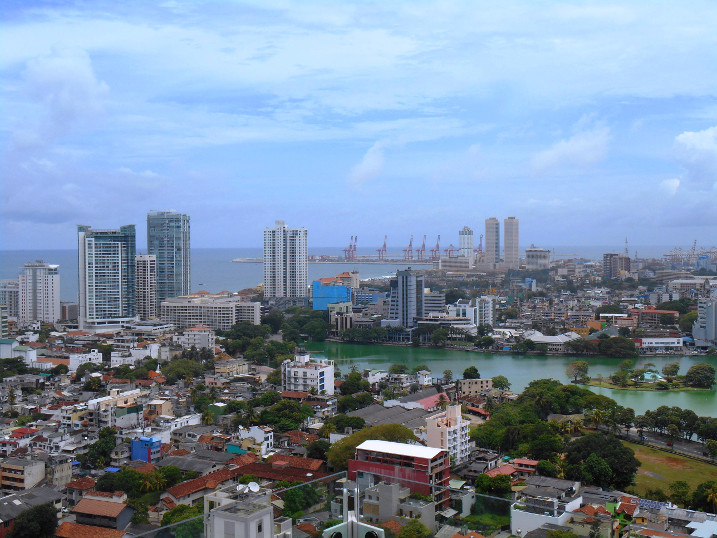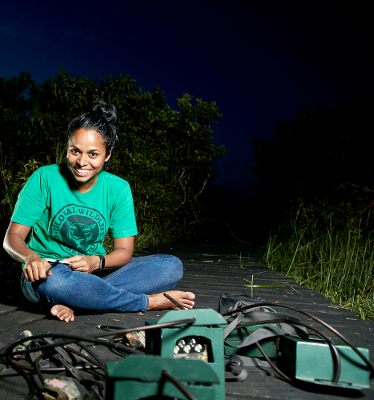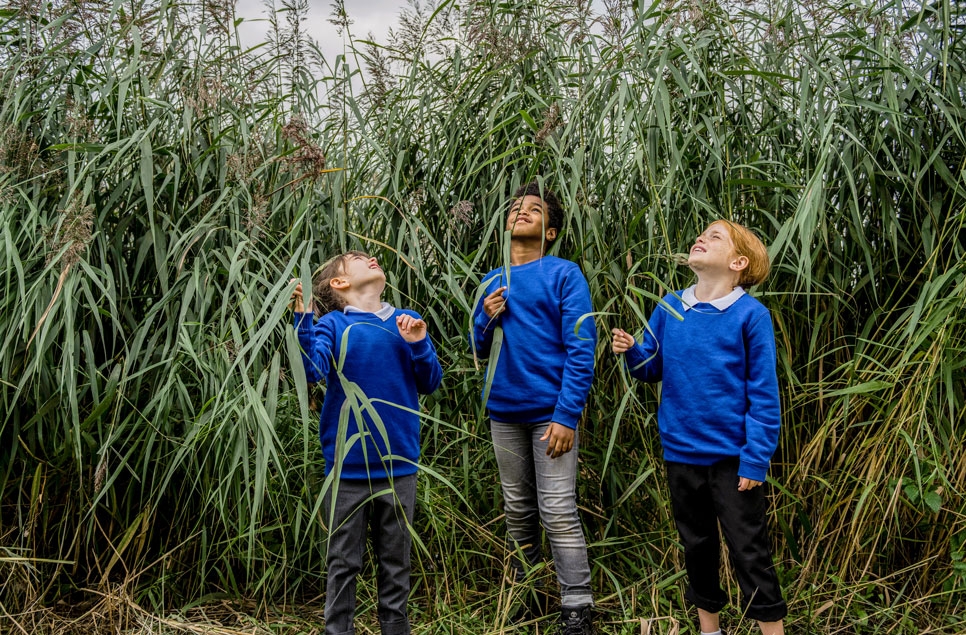World Wetlands Day: A countdown from Colombo
The city of Colombo grew out of a group of fishing villages around a wetland. Today, these wetlands cover more than 15% of the total area of the Colombo Metropolitan Region. They protect the city from flooding and help mitigate climate change.
Anya Ratnayaka, 29, Urban Fishing Cat Project
The wetlands around us are full of wildlife, and this is great for me, as I enjoy the company of animals over humans. From the fishing cat and the otter, to frogs and fish, I cannot get enough of the animals I get to share my home with. Even the 9ft rat snake that often slithers across our hall is an inhabitant of the wetland, and I absolutely love it!
The city of Colombo grew out of a group of fishing villages that were built around a wetland. Today, these wetlands cover more than 15% of the total area of the Colombo Metropolitan Region. They protect the city from annual flooding, and help mitigate climate change. It has been estimated that Colombo’s wetlands store approximately 1.43 million metric tons of carbon, which is equivalent to 90% of the Colombo Metropolitan Region’s annual carbon emissions. The wetlands also reduce the air temperature of the city, via evaporative cooling, and this natural air conditioning can reach areas up to 100m away from the wetland borders!
Throughout most of the year, Colombo would be an unbearable oven, if not for the wetlands. There are areas in the city far from wetland habitats which are quite uncomfortable to walk through, so I cannot imagine what the entire city would be like without these habitats. During the monsoon season, we would have floods.
Another terrible thing would be that Colombo would be devoid of wildlife. We would lose our birds, butterflies, reptiles, amphibians and small mammals.
I interact with Colombo’s wetlands a lot. It all started when I began working with fishing cats, since I have to walk through them to set up equipment and look for scat and tracks. This soon evolved into dragging my husband and dogs for regular walks at one of the wetlands I work in. It’s a lot of fun to share these habitats with my family, and to watch the urban wildlife go about their business. The dogs love it too, as it allows them to explore - on leashes of course - and lounge in muddy holes, like two water buffalo!
Colombo’s urban wetlands have huge ecological value to people living in the city. According to the Sri Lanka Land Reclamation and Development Corporation (SLLRDC), over 87% of Colombo’s wetlands provide food to the city’s residents, through paddy cultivation, vegetable farms, and poultry and small-scale livestock farms. The wetlands are also a source of traditional medicines derived from local plant species.These plants are harvested by low income communities living around wetlands, and sold, providing income to these households.
[ Colombo by Anuradha Dullewe Wijeyeratne
Colombo by Anuradha Dullewe Wijeyeratne
Another major benefit that the urban wetlands provide is that they act as a buffer for pollutants and disease. The SLLRDC states that four out of the five wetland areas in Colombo act as buffers for airborne pollutants, effectively improving the city’s air quality. Further, fish and large insects dine on mosquitos and their larvae, reducing the risk of mosquito-borne diseases. This is incredibly important in a country that is often ravaged by diseases like Dengue.
What I love about our wetlands is that I don’t need to travel many hours to spot great wildlife. Our urban wetlands have fishing cats, rusty-spotted cats, civets, mongoose, a whole host of endemic and migrant birds, reptiles… You name it, they have it. A survey completed by the SLLRDC revealed that they are home to 252 plant species and 277 species of wildlife. If that doesn't make someone feel like they're close to nature, I don’t know what else will!




